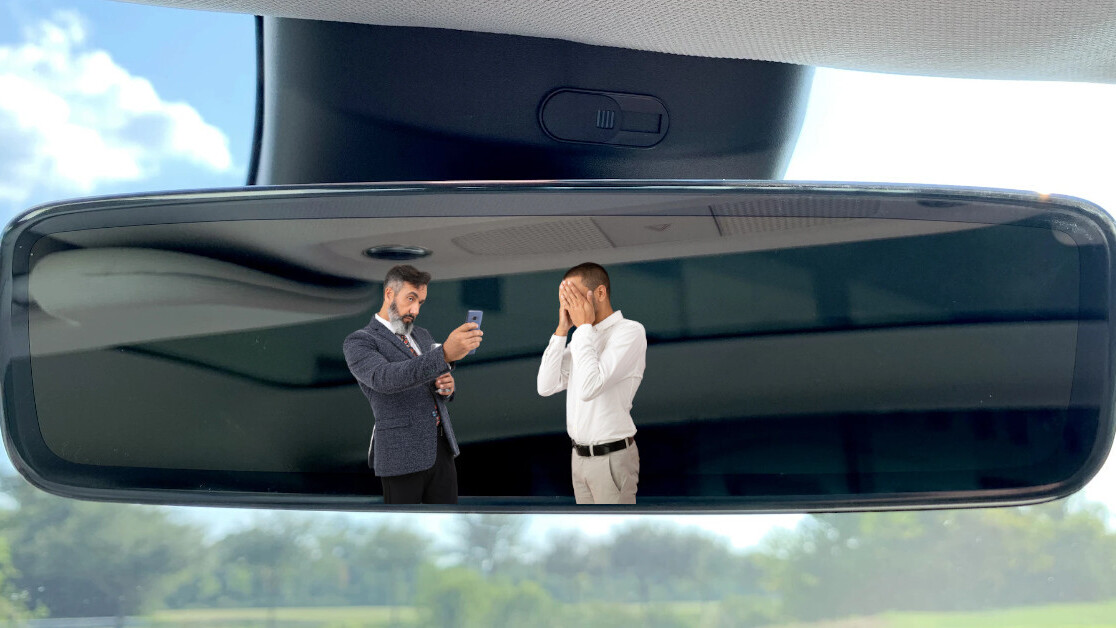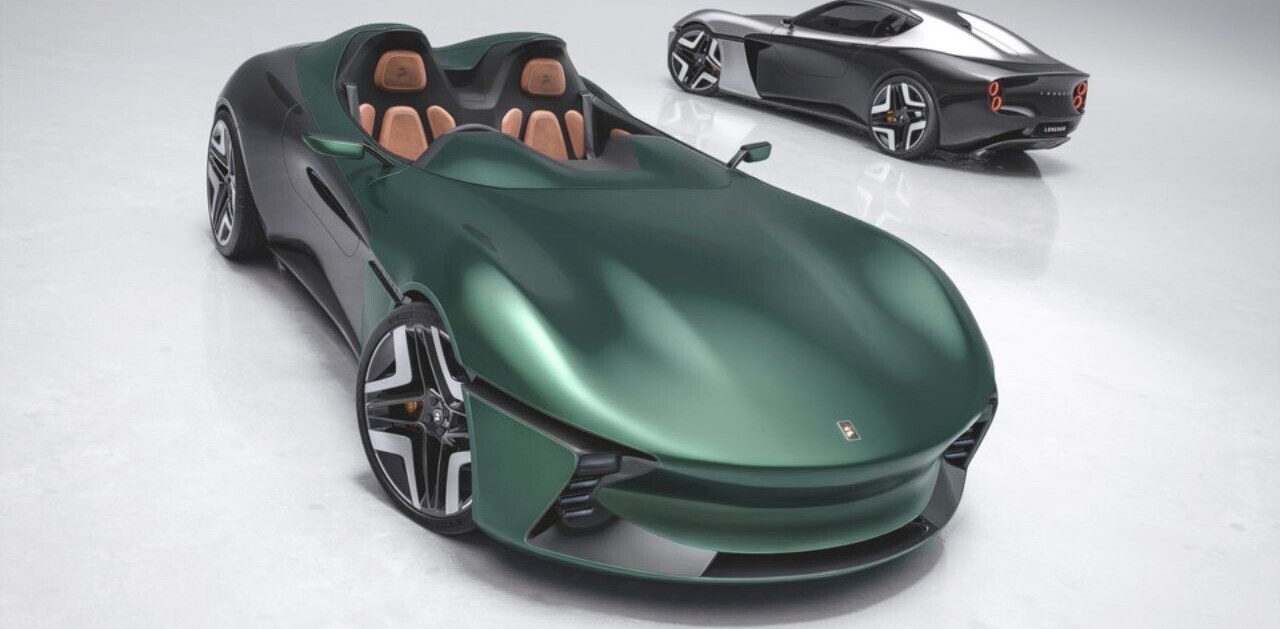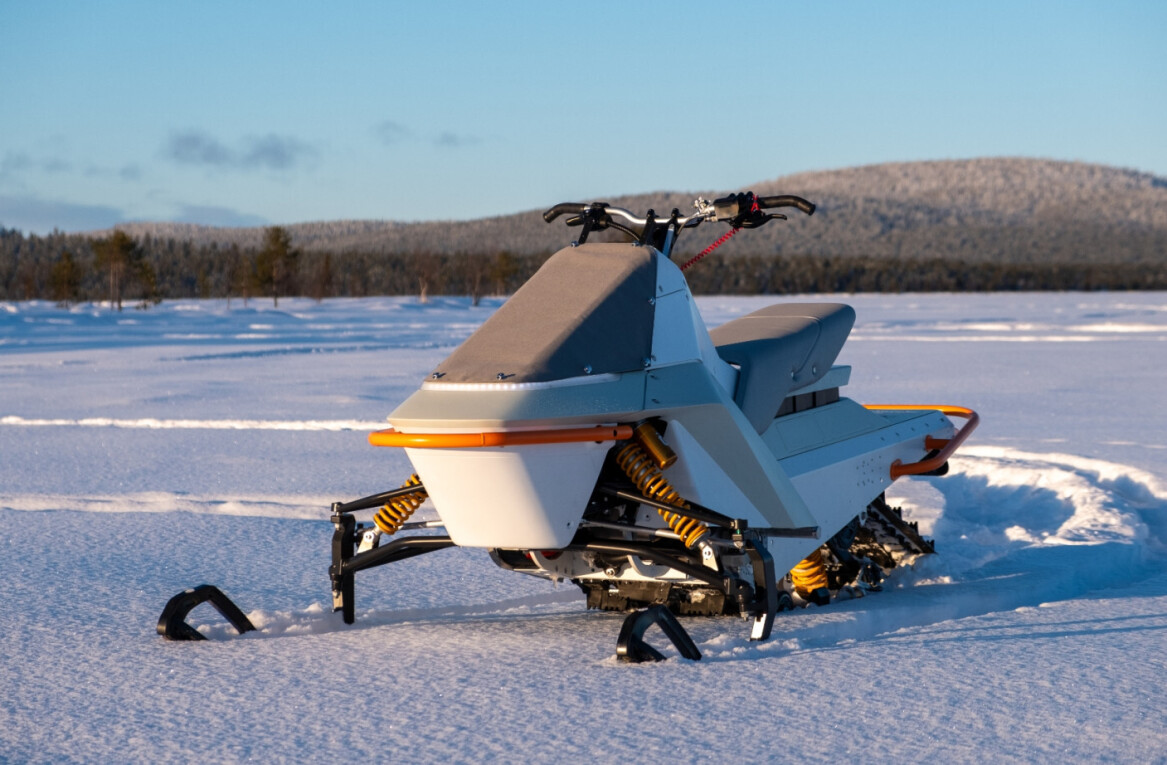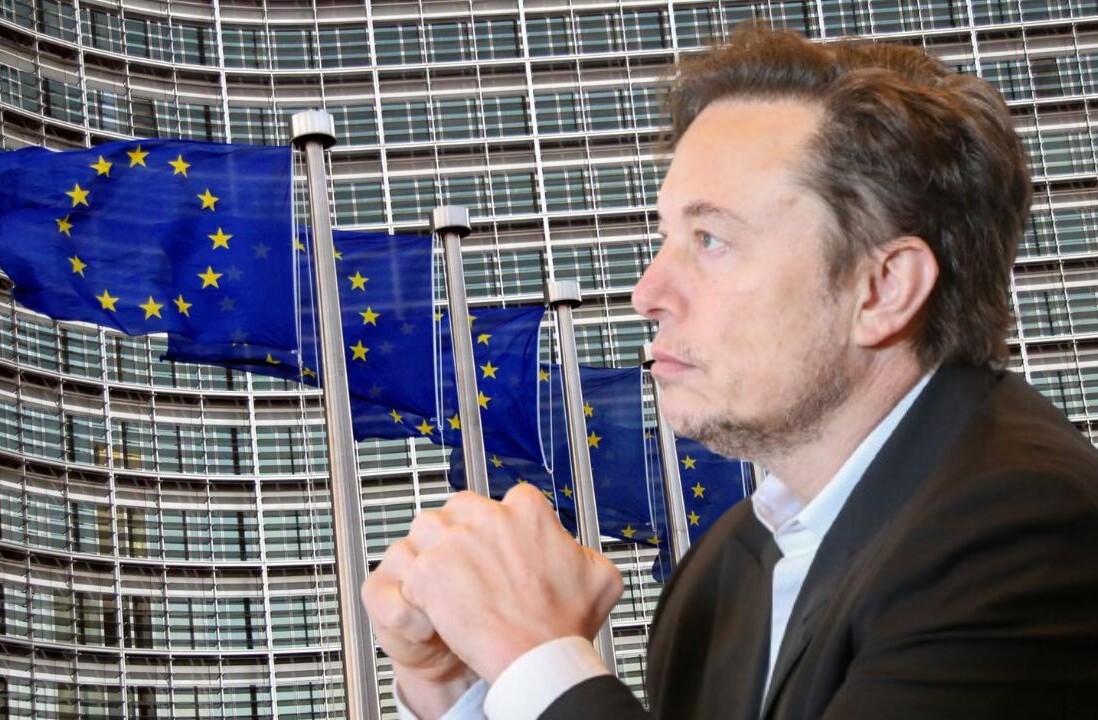
A consumer advice magazine from the US is raising fresh concerns over how electric carmaker Tesla uses cameras on its vehicles. This time, it’s the driver and passenger monitoring (in-cabin) camera that’s in the spotlight.
The concerns stem from the fact that Tesla is using a conventional video camera, rather than infrared alternatives that other carmakers use (but more on that later).
“Any time video is being recorded, it can be accessed later,” senior counsel at the Electronic Privacy Information Center, John Davisson, told Consumer Reports.
“There may be legal protections around who can access it and how, but there’s always the possibility that insurance companies, police, regulators, and other parties in accidents will be able to obtain that data.”
The in-cabin camera is located in the rearview mirror of the Model 3 and Model Y. It’s disabled by default, but if switched on it will capture and share video clips of the moments before an accident or when automatic braking is engaged.
Elon Musk has previously said that the camera is there for when Teslas are fully autonomous, and will be taking passengers for taxi rides. But we know that’s a long, long way off, so it seems a little premature.
So, it begs the question of what Tesla might do with this data if one of its cars is involved in a crash.
Suppose the driver is using Autopilot at the time, and is on their phone rather than looking at the road. Will Tesla use the video to prove the driver wasn’t paying attention, and therefore its Autopilot system wasn’t at fault? Your guess is as good as mine.
Other carmakers have in-car cameras for monitoring drivers, so what about their systems?
Good question. Indeed, other car brands do use devices for monitoring drivers to make sure they’re paying attention to the road.
However, those systems use infrared cameras and don’t record any video. They work in real-time, and aren’t storing any data.
While Tesla’s camera is aimed at the driver and their passengers, it’s not a true driver monitoring system. Rather it seems to be more of a surveillance or evidence gathering tool, than a safety feature.
The only driver monitoring system present in Tesla’s vehicles is the torque sensor on the steering wheel, which was once hacked with an orange.
Tesla has previously blamed drivers for not paying attention to the road, when vehicles have crashed with Autopilot engaged.
It’s not a huge leap to assume that Tesla would use video footage to indemnify itself of any responsibility when such incidents occur.
And we haven’t even considered the notion of someone hacking the camera remotely to spy on your whilst driving. It might be worth putting a bit of tape over that little lens piece for now.
Do EVs excite your electrons? Do ebikes get your wheels spinning? Do self-driving cars get you all charged up?
Then you need the weekly SHIFT newsletter in your life. Click here to sign up.
Get the TNW newsletter
Get the most important tech news in your inbox each week.




